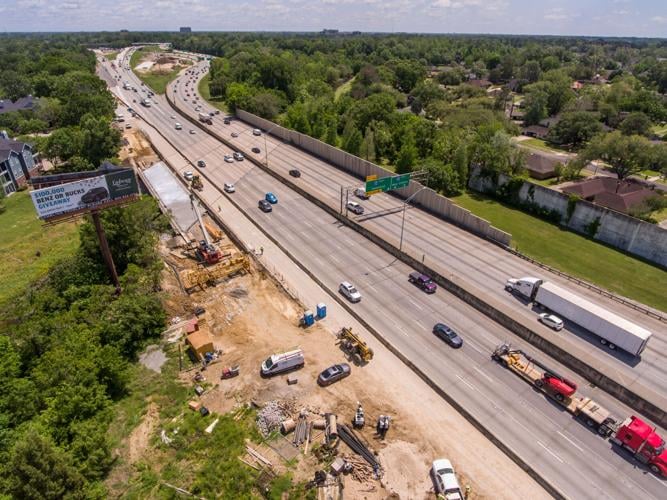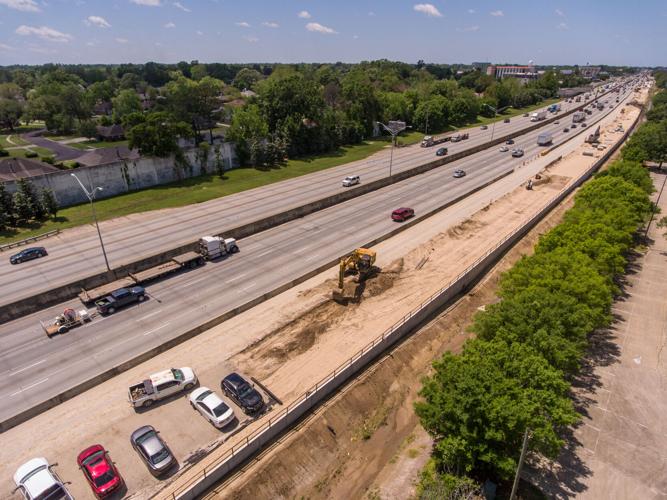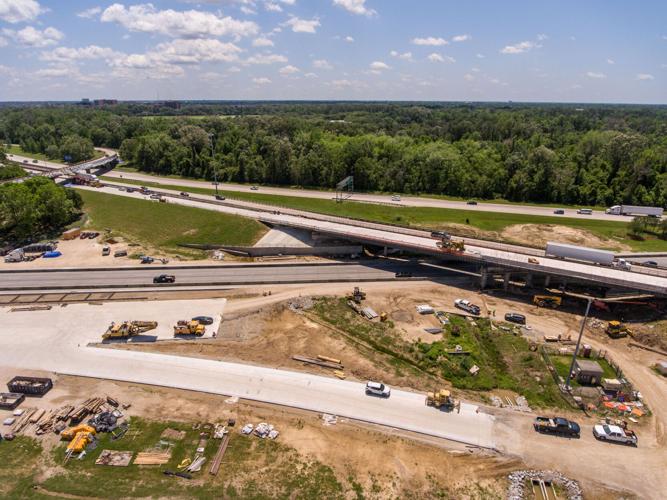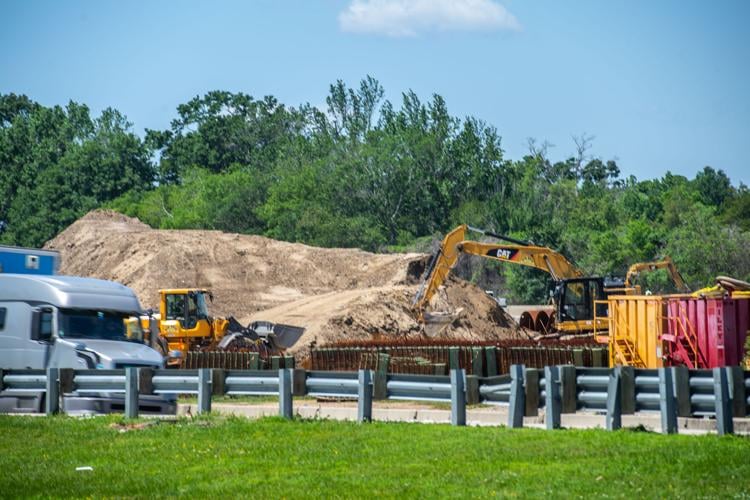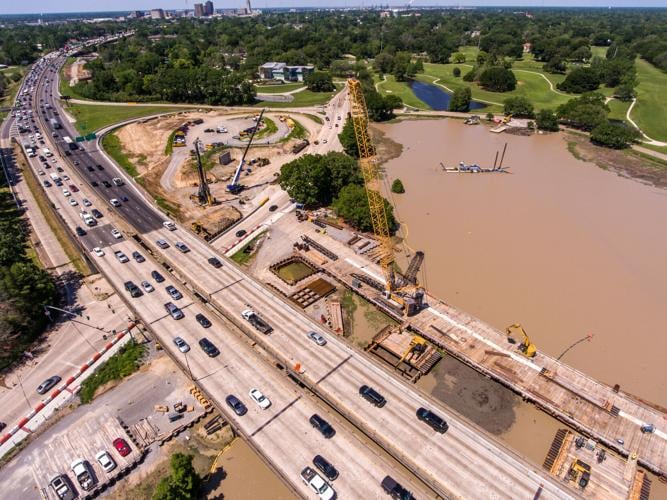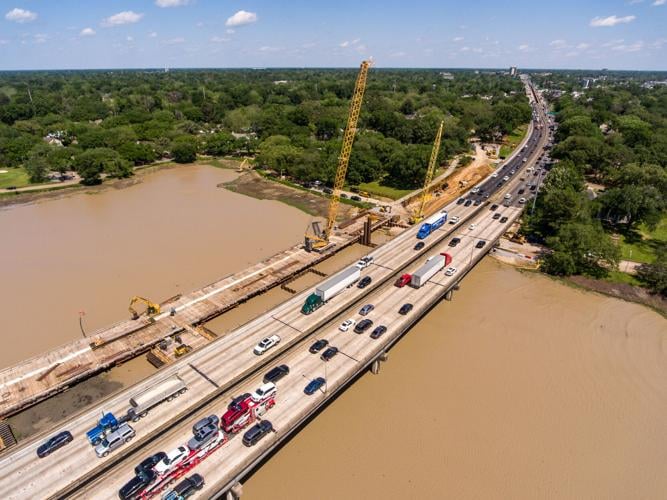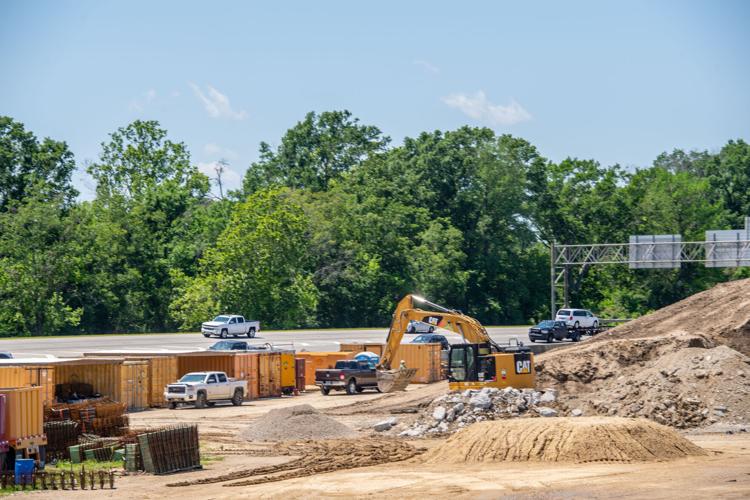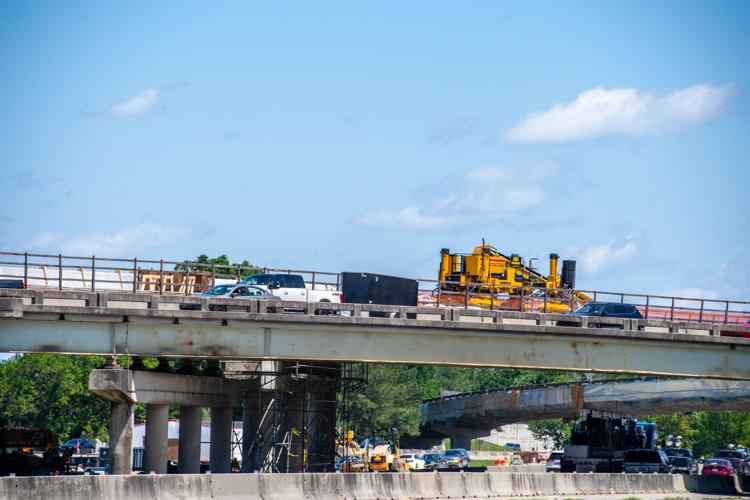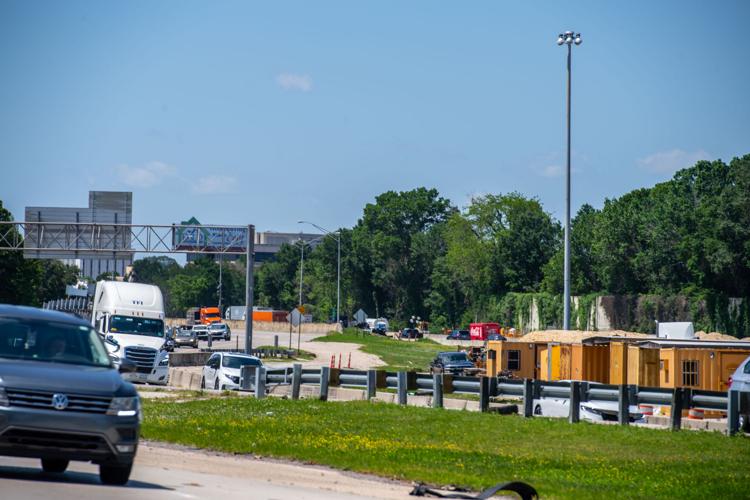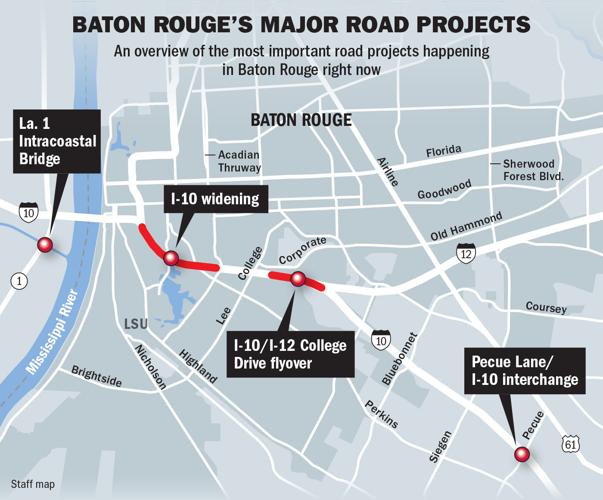For motorists driving around Baton Rouge, several locations are major congestion points that can lead to hours of being stuck in stagnant traffic.
In an effort to improve traffic flow for residents and visitors alike, planners with the Louisiana Department of Transportation and Development, city-parish leaders, the city-parish transportation department and others have collaborated to generate solutions to Baton Rouge's traffic woes.
The result is a handful of projects in the works that are designed to improve the driving experience for Baton Rouge residents or those just rolling through the area.
Here is a look at the four most important road projects in Baton Rouge, according to DOTD.

Pecue Lane/I-10 Interchange
Cost: $69.9 million
Timeline: In final construction phase, expected to be complete by 2026
Goal: To widen Pecue Lane from Perkins Road to Airline Highway and improve access to Woman's Hospital by connecting it with Interstate 10
Now in its third and final phase, the project will give drivers another option to merge onto or off the interstate.
Pecue Lane will be widened from Airline Highway to Perkins Road and connected with Rieger Road, which runs parallel to I-10.
The existing two-lane bridge over I-10 will be replaced by two multilane bridges to create a diverging diamond interchange.
When negotiating a diverging diamond, traffic briefly moves to the opposite side of the roadway, and drivers can take free left turns because they do not cross opposing traffic.
According to DOTD, current project work includes paving the new southbound roadway, constructing the new southbound bridge over Ward’s Creek, grading new on- and off-ramps for I-10 and installing drainage structures along Pecue Lane.
The first major traffic switch onto part of the newly paved Pecue Lane roadway is planned to take place later this year, according to DOTD.
LA 1 Intracoastal Bridge
Cost: $57.7 million
Timeline: Began April 2022, expected completion in 2026
Goal: To replace the aging LA 1 bridge spanning the Intracoastal Waterway
The present Intracoastal Waterway bridge is more than 50 years old and has exceeded its design capacity, with approximately 50,000 vehicles traveling over it daily.
According to DOTD, steel girders are currently being set for the mid-span of the bridge. Once the girders are set, workers will finish placing the concrete for bridge decking and start switching traffic onto the new bridge later this year.
The project is scheduled to be completed at the end of 2024 or beginning of 2025, depending on weather, according to DOTD.
The southbound bridge will have three 12-foot lanes and 10-foot shoulders, while the new northbound bridge will have two 12-foot lanes and 10-foot shoulders. Work on the bridge will also include a barrier-separated exit lane to connect to I-10 eastbound.
"Having this new bridge there is going to be safer, and it will help the overall transportation in that area," said DOTD Communications Director Rodney Mallett. "It’s going to be wider, and it’s going to have dedicated lane headed north to get on the interstate."
I-10/I-12 College Drive Flyover
Cost: $52.3 million
Timeline: Expected completion in January 2025, weather permitting
Goal: Realign the I-10 and I-12 merger so vehicles can more safely reach the College Drive exit and create a designated westbound exit ramp for College Drive that is easily accessible from both interstates.
Those who frequent the westbound I-10 and I-12 merger know just how difficult it can be to navigate.
For drivers on I-10 hoping to get off the interstate on College Drive, it means merging through four lanes of traffic. For others headed straight on I-12, it means constant stopping and starting as drivers merge from I-10 and cut through multiple lanes.
"People are weaving, and as they hit their brakes it causes other people in the area to hit their brakes and slow down too," Mallett said.
To ease congestion at the point where the two interstates meet, the project will create a new College Drive exit ramp. The new ramp will be separated from interstate traffic but easily accessible from I-10 and I-12.
I-10 widening (near City Park)
Cost: Estimated $716 million (Phase I)
Timeline: Phase I expected to continue through 2025
Goal: Widen I-10 from Acadian Thruway to where it splits with I-110, crossing over City Park Lake and easing the notorious traffic bottleneck where the two interstates merge.
The first phase of a larger I-10 project, the portion over City Park Lake involves widening the interstate from Acadian Thruway to where it splits with I-110 near downtown Baton Rouge, increasing the number of lanes from three to four.
The section of I-10 spanning City Park Lake will feature aesthetic treatments to improve its appearance from local surface streets and monument towers to "signal to interstate motorists they have arrived in Baton Rouge," according to project officials.
According to the project website, work on phase one is scheduled to continue through 2025.
Mallett said that many of Baton Rouge's biggest road projects connect with each other and that he is excited to see how the flow of traffic improves as each project nears completion.
"All of them are exciting once we’re able to plan them and get them going," Mallett said. "We love doing the groundbreakings, but we like the ribbon cuttings more."

